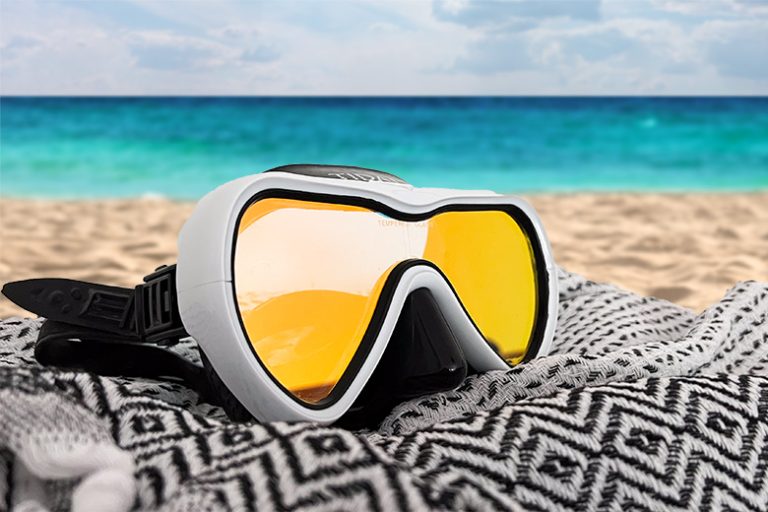Best Anti Fog For Diving Mask

Foggy diving masks can quickly ruin an underwater experience, turning vibrant coral reefs into blurry, frustrating obstacles. Divers of all levels, from novice snorkelers to seasoned professionals, understand the importance of clear vision beneath the waves.
This article explores the diverse range of anti-fog solutions available to divers, examining their effectiveness, longevity, and environmental impact. We will delve into the science behind fogging, analyze popular anti-fog products, and provide practical tips for maintaining a fog-free mask, ensuring a safer and more enjoyable diving experience.
Understanding the Science of Fog
Fog forms on a diving mask when warm, humid air exhaled from the diver’s lungs comes into contact with the cooler surface of the mask lens. This temperature difference causes water vapor to condense into tiny droplets, creating a layer of fog that obscures vision. The process is similar to what happens when you breathe on a cold window.
Anti-fog solutions work by creating a thin, transparent film on the lens surface. This film reduces the surface tension of the water droplets, causing them to spread out into a uniform layer rather than forming obstructive beads.
Types of Anti-Fog Solutions
Several types of anti-fog solutions are available, each with its advantages and disadvantages. These include commercial anti-fog sprays and gels, as well as readily available household alternatives.
Commercial Anti-Fog Sprays and Gels
Commercial anti-fog products are specifically formulated for diving masks and often contain ingredients that enhance their longevity and effectiveness. These products are widely available at dive shops and online retailers. Divers often prefer them for their ease of use and consistent results.
Many popular brands, such as Sea Drops and Jaws Quick Spit, offer sprays and gels designed to coat the lens with a hydrophilic layer. Some solutions are designed to be biodegradable to protect the marine environment.
Household Alternatives: Spit, Baby Shampoo, and Toothpaste
For years, divers have relied on readily available household products as anti-fog alternatives. Saliva, baby shampoo, and toothpaste are commonly used due to their ability to reduce surface tension, making them inexpensive solutions.
Spit contains enzymes that help break down oils and grime on the lens, while baby shampoo contains mild surfactants that create a thin, protective layer. Applying a non-gel toothpaste to the inside of the mask can remove manufacturing residue left on new mask lenses, and also impart anti-fog properties.
Choosing the Right Anti-Fog Solution
Selecting the best anti-fog solution depends on personal preference, budget, and environmental concerns. Commercial products often offer superior performance and longevity, but they come at a higher cost.
Household alternatives are cost-effective and readily available but may require more frequent applications. Divers prioritizing environmental responsibility should seek out biodegradable or reef-safe options.
Consider the type of diving you will be doing. Warmer water, shorter dives, and calmer currents may make household solutions work adequately. Colder water, deeper dives, and stronger currents might require the higher performance of a commercial product.
Proper Application and Maintenance
Regardless of the chosen anti-fog solution, proper application is crucial for optimal performance. Always start with a clean, dry mask lens.
Apply a small amount of the anti-fog solution to the inside of the lens and spread it evenly with your finger. Allow the solution to sit for a few minutes before rinsing lightly with water, leaving a thin film on the lens.
Avoid wiping the lens after rinsing, as this can remove the anti-fog coating. Before each dive, reapply anti-fog if necessary. Regular cleaning of the mask with mild soap and water also helps to maintain its clarity.
Environmental Considerations
The environmental impact of anti-fog solutions is a growing concern among divers. Many commercial products contain chemicals that can harm marine life, particularly coral reefs.
Divers should prioritize biodegradable or reef-safe anti-fog options to minimize their environmental footprint. Some companies are now offering eco-friendly alternatives that are specifically formulated to be less harmful to aquatic ecosystems.
Rinsing masks in fresh water instead of seawater after applying anti-fog can also help reduce the amount of chemicals released into the ocean. Always dispose of empty containers responsibly.
The Impact of Clear Vision on Diver Safety
Clear vision is paramount for diver safety. Foggy masks can impair visibility, making it difficult to navigate underwater, monitor gauges, and communicate with dive buddies. Poor visibility increases the risk of disorientation, entanglement, and other underwater hazards.
Consistent use of effective anti-fog solutions can significantly improve underwater visibility, enhancing diver safety and confidence. Implementing a routine of checking and re-applying anti-fog solutions before and during each dive will prevent any potentially dangerous situations.
By making informed choices and practicing responsible diving habits, divers can protect themselves and the fragile marine environment they explore. The key takeaway is that clear vision underwater is achievable and essential for a safe and enjoyable dive.


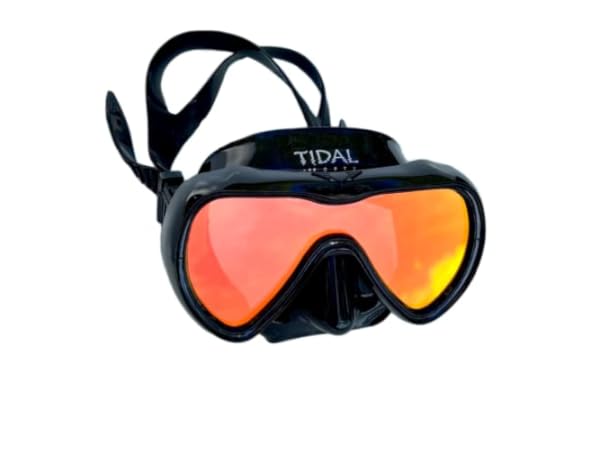

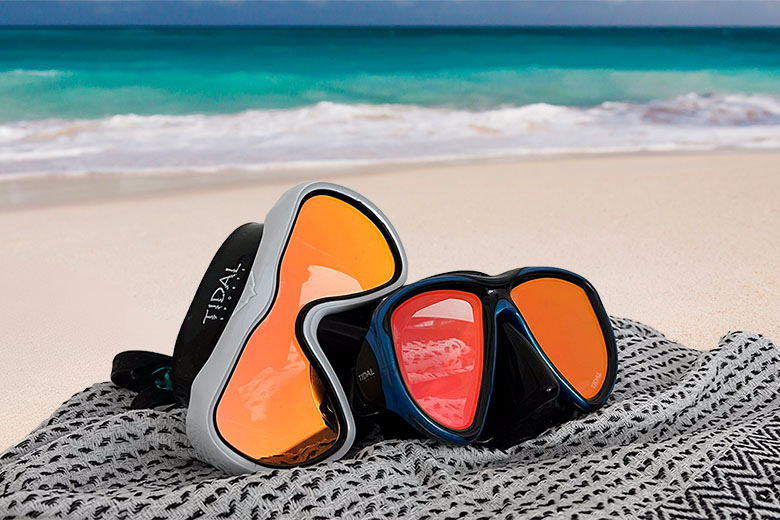
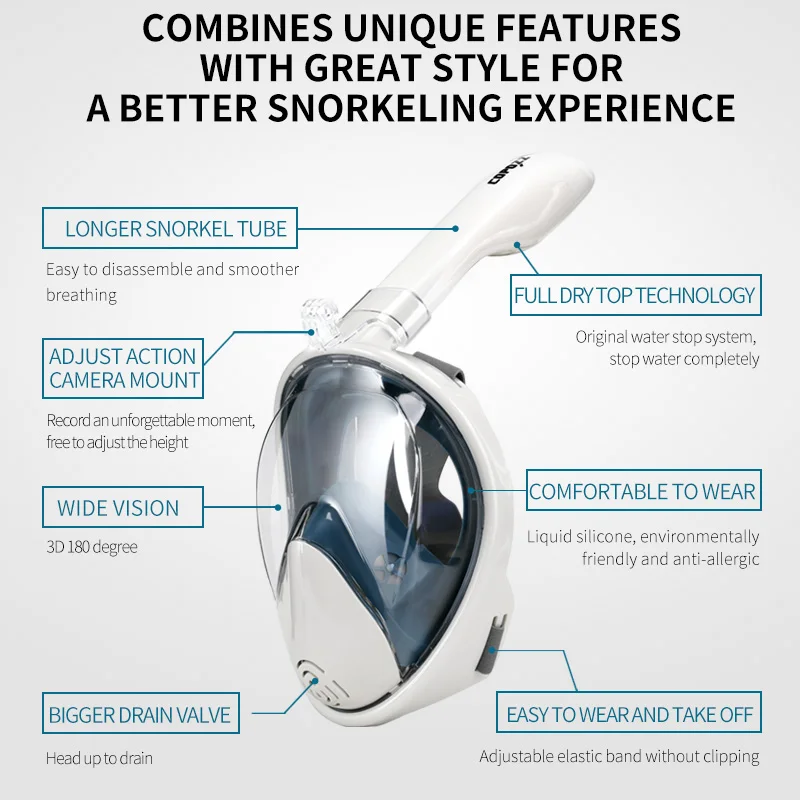



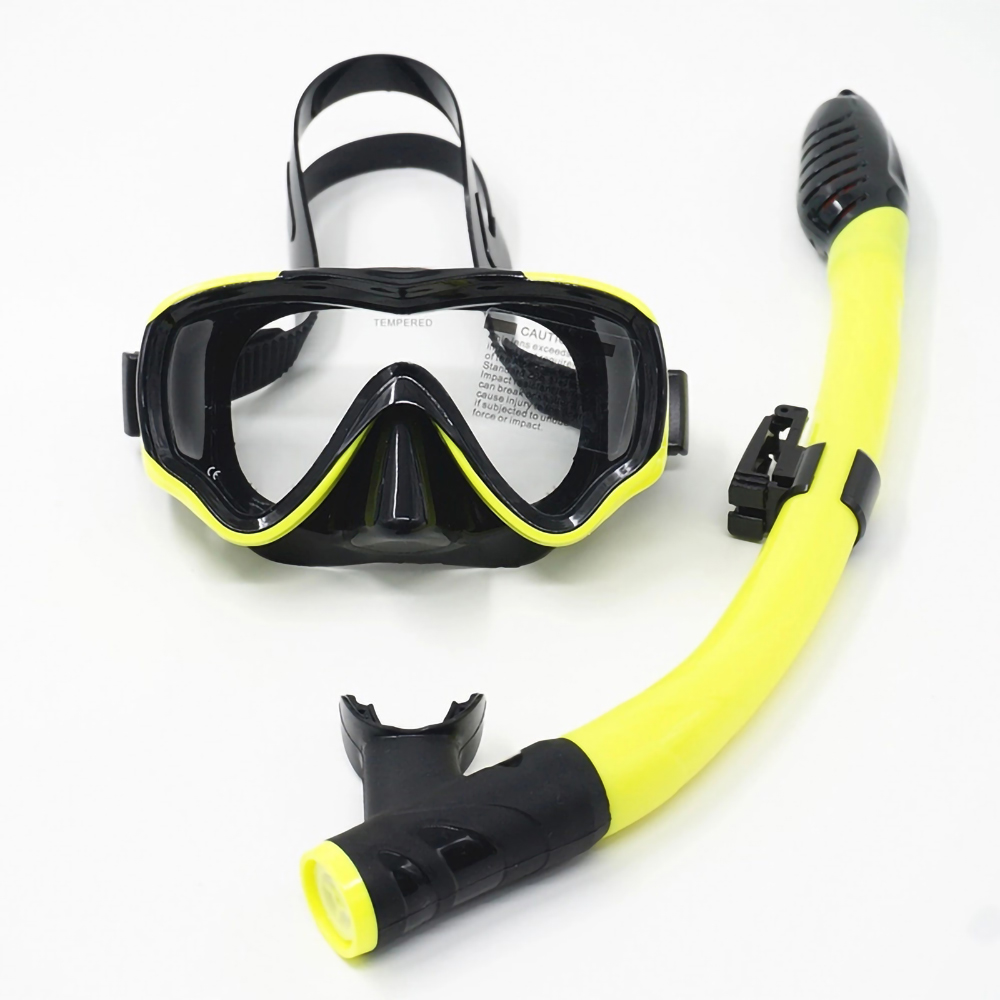
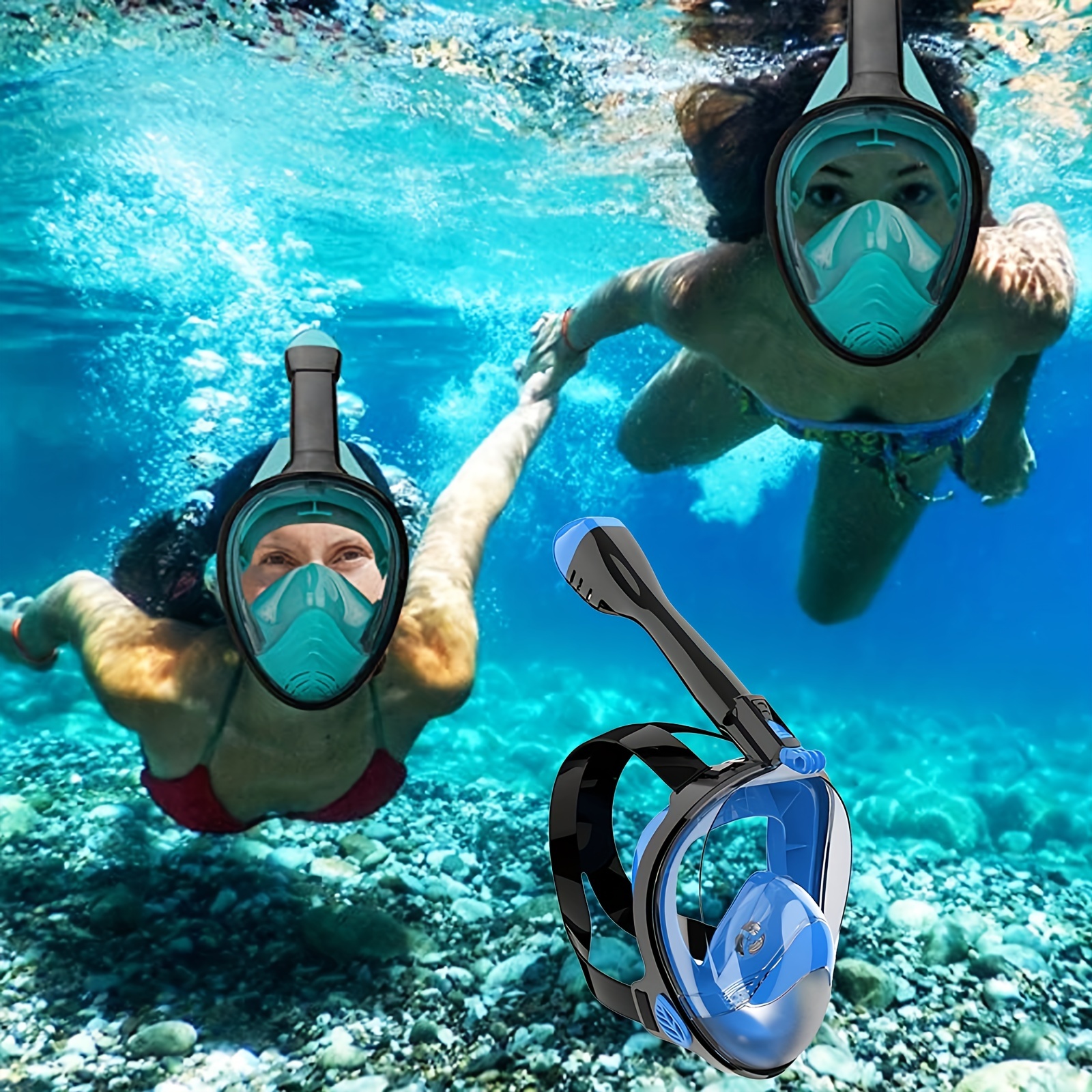
![Best Anti Fog For Diving Mask Top 10 Best Dive Mask Anti Fog In [2024] - Findinges](http://findinges.com/wp-content/uploads/imga-media/3857.jpg)
